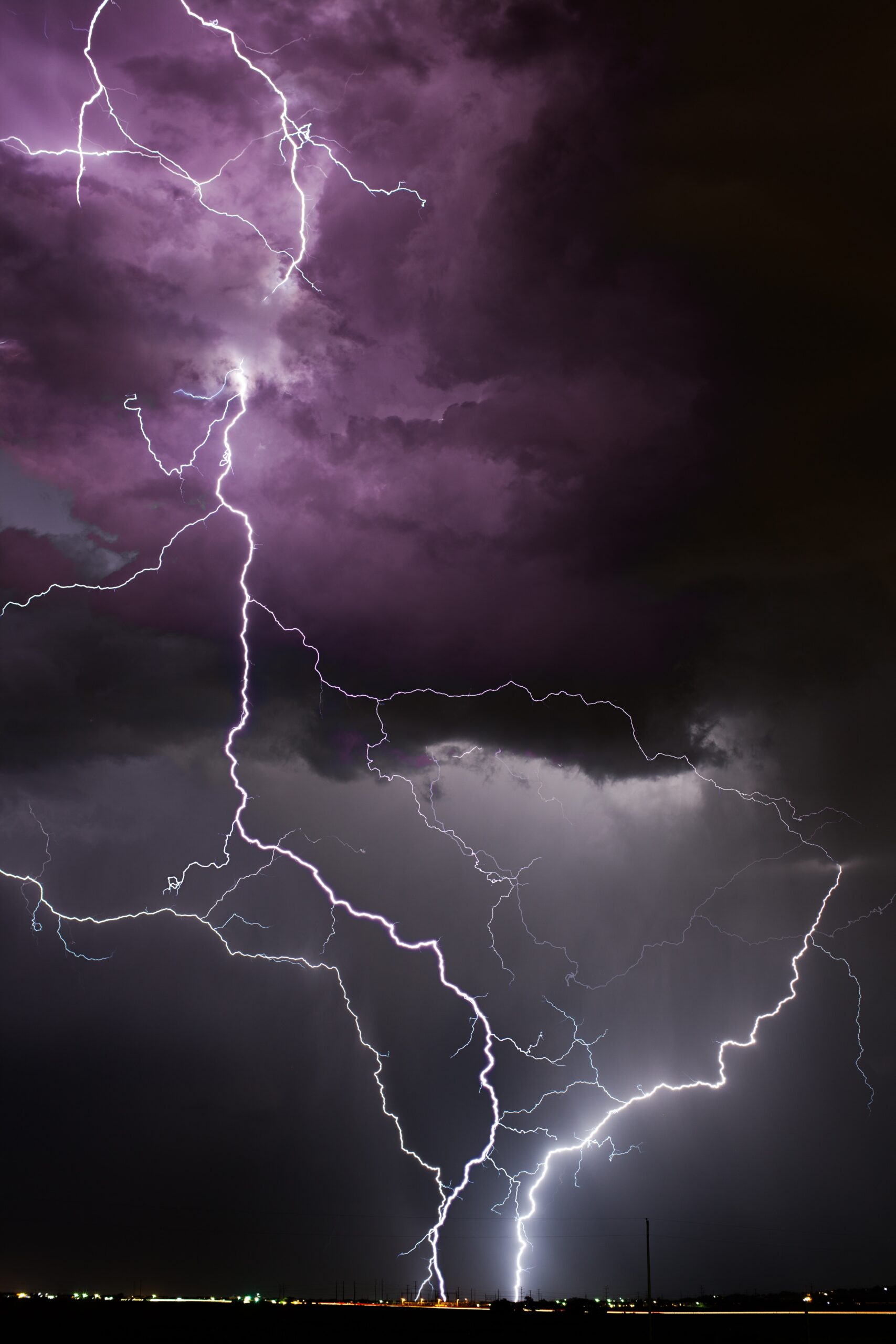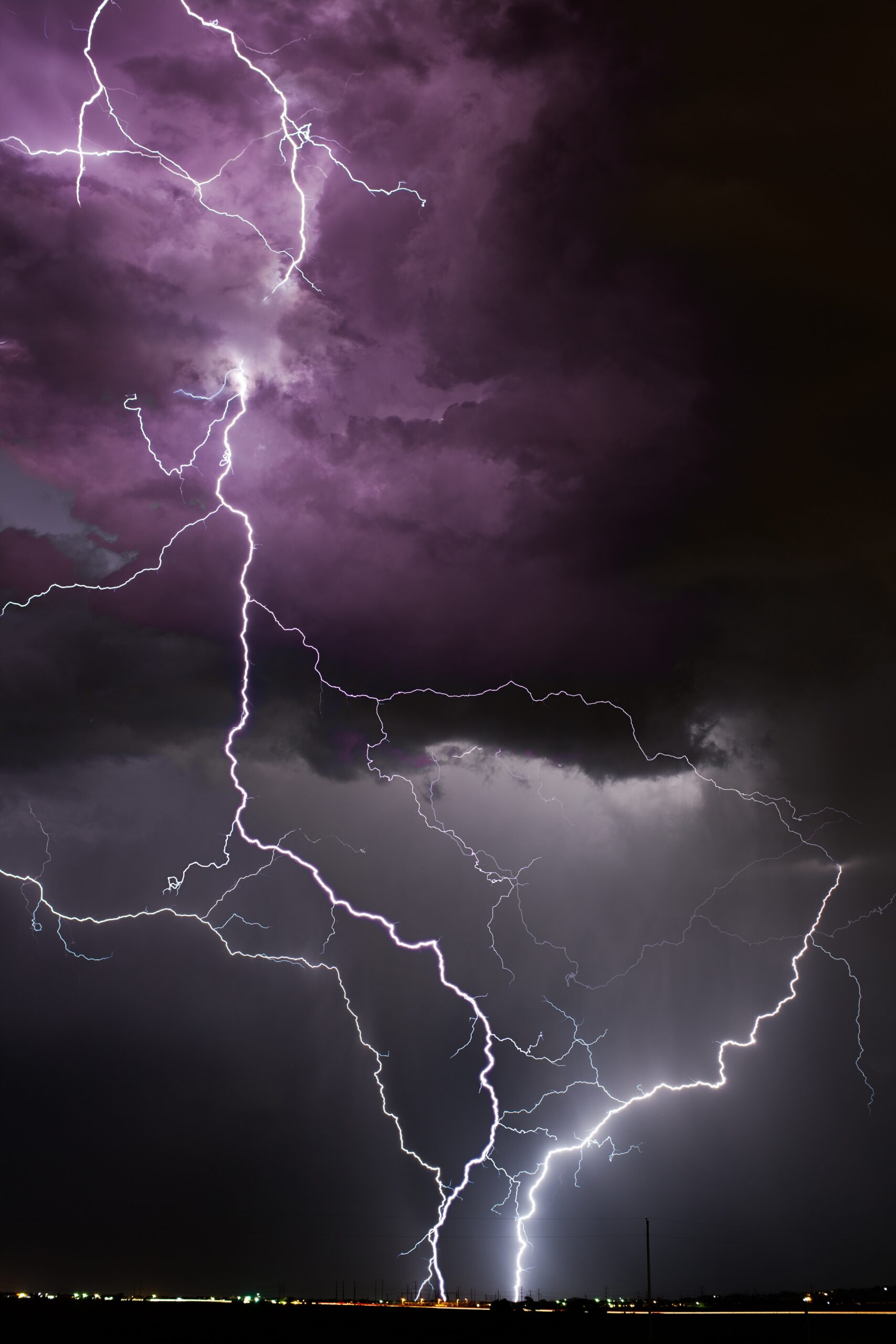Living in a world with varying weather conditions can present challenges to those who enjoy skateboarding. The ability to adapt to different weather conditions is crucial in order to continue skating. Whether it’s scorching heat, pouring rain, or freezing cold, finding ways to skate can be a fun and rewarding experience. From adjusting your attire to seeking alternative skate spots, there are various strategies that can be employed to embrace any weather condition and keep rolling on your board.

Choosing the Right Gear
When it comes to skateboarding, starting with the right gear is essential. The first thing you’ll need to consider is the skateboard deck. Skateboard decks come in various sizes and shapes, so it’s important to find one that suits your style and preference. If you’re new to skateboarding, a wider and longer deck can provide better stability, while a narrower and shorter deck is more maneuverable for tricks.
Next, let’s talk about wheels. Wheels are an important component of your skateboard as they determine how smoothly you can ride and the kind of terrain you can tackle. Softer wheels are better suited for cruising and provide a smoother ride on rough surfaces, while harder wheels are ideal for tricks and sliding on smoother pavement.
Bearings play a crucial role in ensuring the wheels spin smoothly. High-quality bearings can make a significant difference in the performance of your skateboard. Look for bearings with a high ABEC rating to ensure a smooth and fast ride.
Trucks are the metal T-shaped components that mount the wheels to the deck. Choosing the right trucks is important for stability and control. It’s recommended to select trucks that match the width of your skateboard deck for optimal performance.
Lastly, don’t forget about grip tape. Grip tape is applied to the top surface of the deck, providing traction for your shoes. Make sure to choose grip tape that suits your preference in terms of grip and design.
Warm-Up and Stretching
Before you hop on your skateboard, it’s crucial to warm up your body and stretch your muscles to prevent injuries. Start with a dynamic warm-up routine that includes exercises such as jumping jacks, high knees, and lunges. These exercises get your blood flowing and prepare your body for physical activity.
After your warm-up, it’s time to stretch. Stretching helps improve flexibility, prevent muscle strain, and enhance your overall performance. Focus on stretching your legs, hips, ankles, and arms, as these areas are heavily engaged during skateboarding. Hold each stretch for 20-30 seconds and remember to breathe deeply throughout.
Protective Measures
Skateboarding can be an exhilarating activity, but it’s important to prioritize safety. Wearing a helmet is a must to protect your head from potential injuries. Look for a helmet that is certified for skateboarding and fits comfortably on your head.
Pads and protective gear are also important to consider. Elbow pads, knee pads, and wrist guards can provide extra protection in case of falls or accidents. Invest in high-quality gear that fits properly and doesn’t restrict your movement.
Proper clothing is often overlooked but plays a significant role in protecting your skin and providing comfort while skateboarding. Opt for lightweight, breathable fabrics that allow for ease of movement. Long sleeves and pants can help reduce the impact of falls and protect against abrasions.
Adapting to Rainy Conditions
Rainy weather can put a damper on your skateboarding plans, but there are ways to adapt and keep riding. First and foremost, avoid wet surfaces. Wet pavement can be extremely slippery and increase the risk of accidents. Check the weather forecast before heading out and plan your skate sessions accordingly.
If the rain won’t let up, consider skateboarding indoors. Look for indoor skate parks or facilities that offer sheltered areas for skateboarding. This way, you can continue to practice your skills and stay dry.

Skating in the Heat
Skating in hot weather requires special attention to ensure you stay safe and comfortable. The most crucial aspect is staying hydrated. Drink plenty of water before, during, and after your skate sessions to avoid dehydration. Consider carrying a water bottle with you and take regular breaks to rehydrate.
Timing your sessions is also important. Try to skate during cooler parts of the day, such as early morning or evening, to avoid the peak heat. This allows you to skate without overheating and reduces the risk of heat-related illnesses.
Choosing shaded areas to skate in can provide relief from the scorching sun. Look for parks with trees or covered skate spots where you can skate without being directly exposed to the sun.
Skating in Cold Weather
Skating in cold weather brings its own set of challenges, but with the right preparation, you can still enjoy your skate sessions. Dressing in layers is key to regulate your body temperature. Start with a moisture-wicking base layer to keep sweat away from your skin, then add a warm insulating layer and a windproof outer layer. This layering system allows you to adjust your clothing according to your comfort level.
Wearing warm accessories such as beanies or earmuffs can help retain body heat. Don’t forget to wear gloves to protect your hands from cold and potential injuries.
Keeping your feet warm is crucial for maintaining overall warmth. Invest in skateboarding-specific socks that provide insulation and moisture-wicking properties. You can also consider wearing thicker shoes or using foot warmers for added comfort.

Adjusting for Windy Conditions
Skating in windy conditions can be challenging, but with a few adjustments, you can skate with confidence. When facing strong winds, crouch low on your skateboard and maintain a balanced stance. Lowering your center of gravity helps you stay more stable and reduces the chances of being blown off-balance.
Changing your line can also help you cope with strong winds. Try to find areas where buildings or other structures create natural wind barriers. By staying in the lee of these structures, you can minimize the effects of the wind and skate with more ease.
Additionally, adjust your tricks to accommodate the wind. Tricks that involve more control and stability, like manuals or grinds, can be a better choice in windy conditions than tricks that require high jumps or airs.
Dealing with Snow and Ice
Skateboarding in snowy or icy conditions requires some modifications to your setup and technique. Switching to a skateboard with larger wheels can provide better traction and stability on icy surfaces. The increased contact patch of the wheels helps prevent slipping and sliding.
Adding grip tape to your deck can give you extra traction on snow or ice. Apply grip tape to the surface of your board, focusing on the areas where your feet make contact. This added grip can help you maintain control and perform tricks more safely.
Choosing the right terrain is crucial when skating in snowy or icy conditions. Look for cleared paths, underground parking garages, or skate parks with covered or heated areas. These areas are more likely to be free of snow, ice, or slush, allowing for a smoother ride.
Skating in Humid Environments
Humidity can affect the performance of your skateboard and your overall comfort while skating. To maintain your board in humid environments, regularly clean and lubricate your bearings. Moisture in the air can lead to rust and corrosion, so it’s important to keep your bearings in good condition to ensure a smooth ride.
Wearing breathable clothing can help you stay comfortable in humid conditions. Look for materials that wick away moisture and allow for better airflow. This helps prevent excessive sweating and keeps you feeling cooler.
Protecting your bearings from humidity is also important. Consider using bearing covers or shields to prevent moisture from getting inside. Regularly inspect your bearings and wipe away any moisture or condensation that may have accumulated.
Adjusting Technique for Different Surfaces
Skateboarding on different surfaces requires adjustments to your technique to ensure a smooth and enjoyable ride.
On smooth pavement, you can focus on executing tricks and maneuvers with greater ease. The smooth surface provides better traction and allows for smoother slides and landings.
Rough pavement requires a more cautious approach. Keep your weight centered and be prepared for vibrations and bumps. Adjust your foot placement accordingly to maintain stability and control.
When skateboarding on grass or dirt, it’s important to be aware of the uneven terrain. Maintain a slight bend in your knees to absorb any bumps or dips. Take wider turns and be prepared for slightly reduced speed due to the softer surface.
By adapting your technique to different surfaces, you can confidently skate in a variety of environments and make the most of your skate sessions.
Remember, skateboarding is all about having fun and pushing your limits. Whether it’s adapting to different weather conditions or adjusting your technique, embracing the challenges will help you become a more versatile and resilient skateboarder. Stay safe, experiment, and enjoy the ride!

